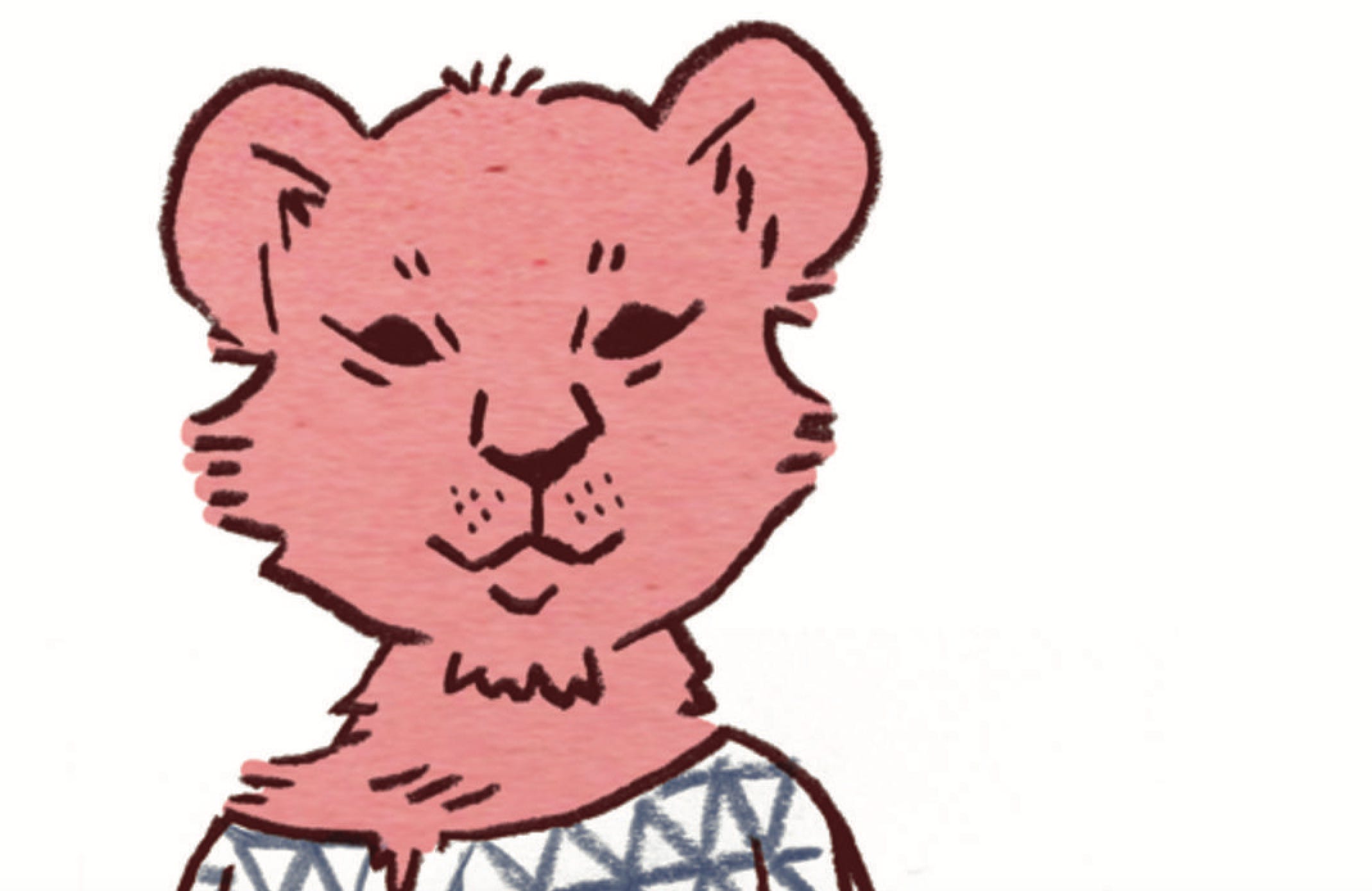It was like we had just committed murder.
Walking out of the lion enclosure at the only zoo in the Egyptian capital of Cairo, we could still feel the fur on our hands.
“Don’t post pictures of this online,” I told Tyler, as we turned our attention to the hyenas.
We had come to the zoo with one goal in mind: hold the lion cubs. It wasn’t difficult. The moment we pushed our way through the zoo’s gates, an employee spotted foreigners and led us to the cubs—they are, after all, the only reason non-Egyptians come to Cairo’s dilapidated zoo.
The facility sits on the west bank of the Nile River, an oasis of green in a sea of dusty yellow. Cairo has few public parks, and the zoo gives Egyptians a chance to both interact with the animal kingdom and enjoy a day under some trees.
But the Giza Zoo was becoming quite run-down and struggling to maintain a status as a real attraction, despite its proximity to the beasts of the African Serengeti and the deserts of the Middle East. …
Keep reading with a 7-day free trial
Subscribe to Narratively to keep reading this post and get 7 days of free access to the full post archives.




